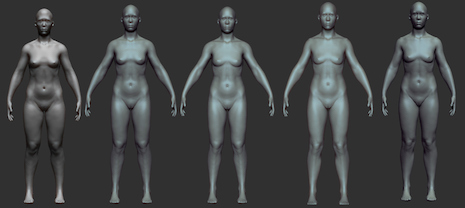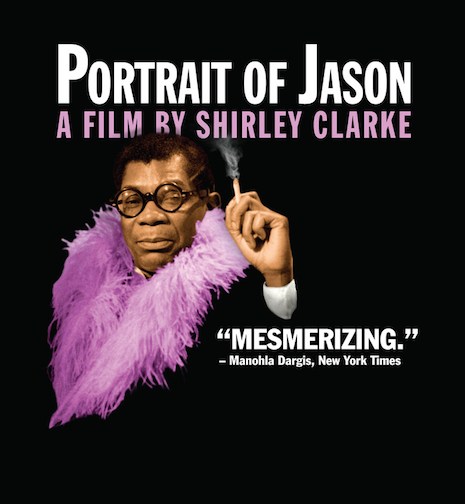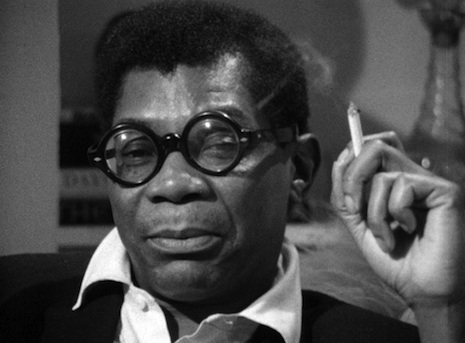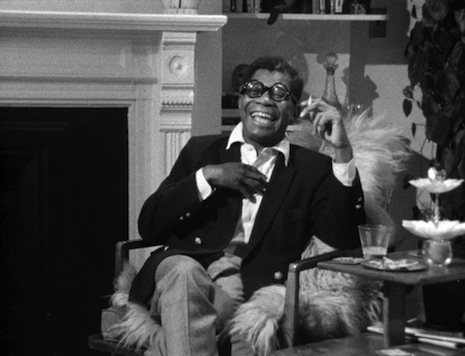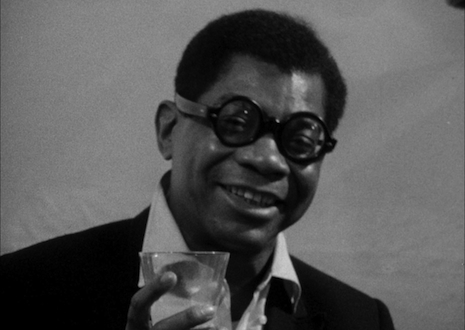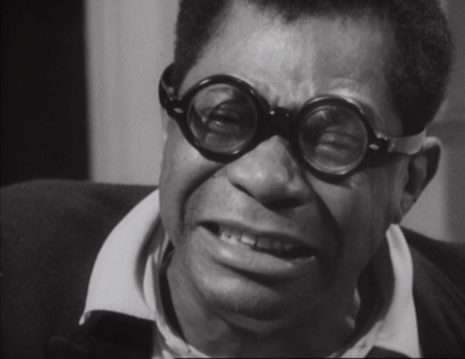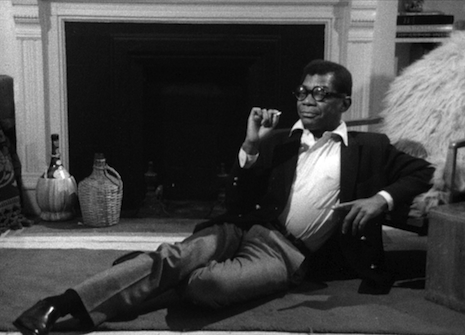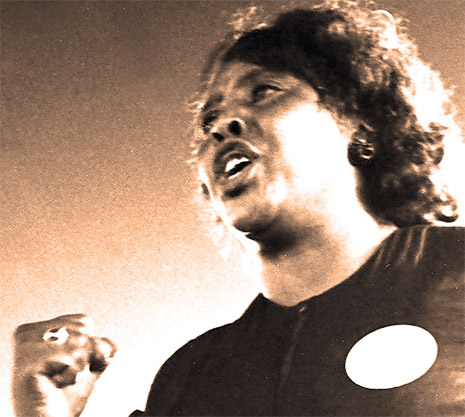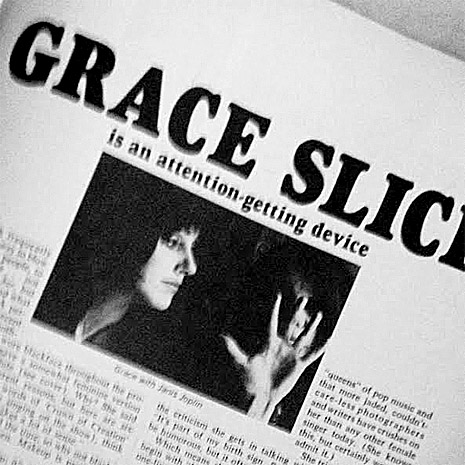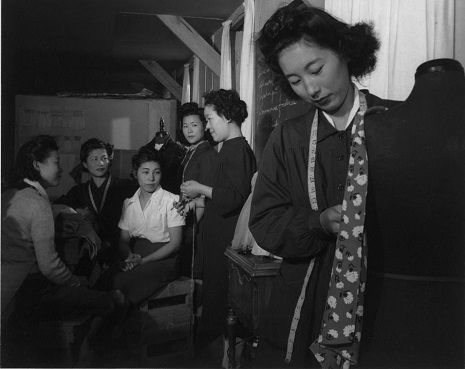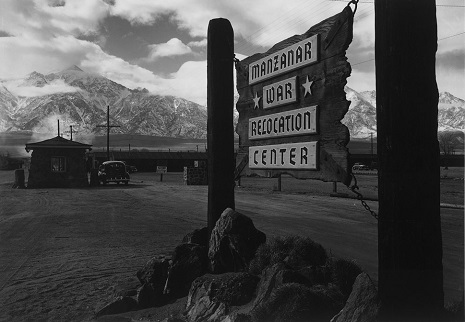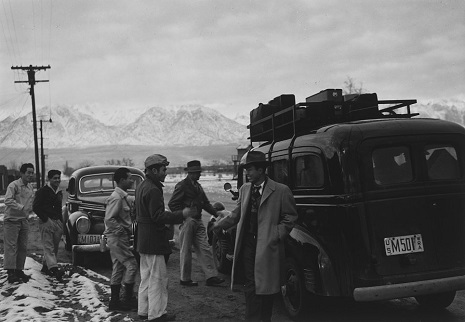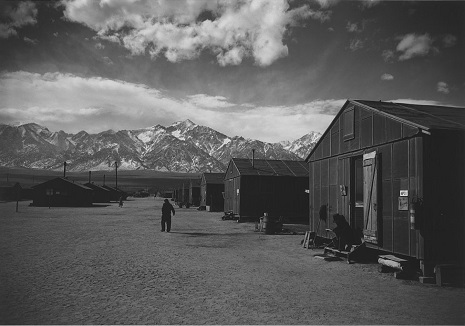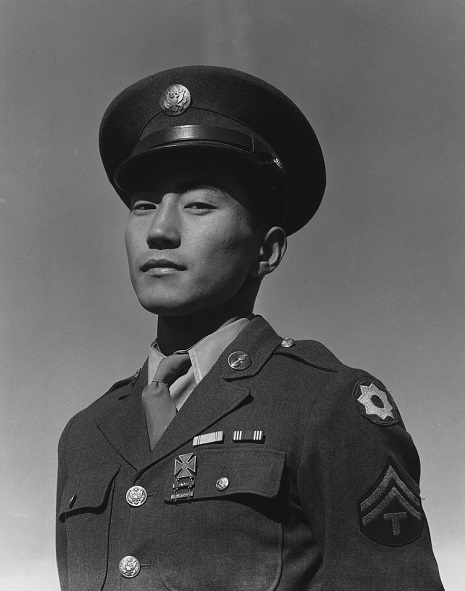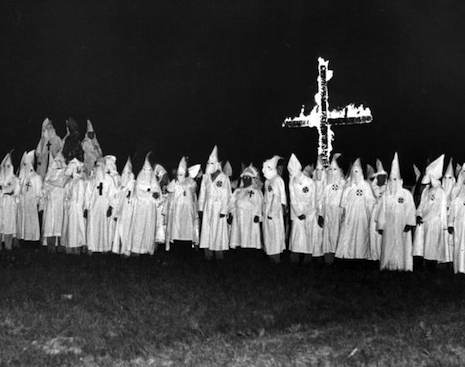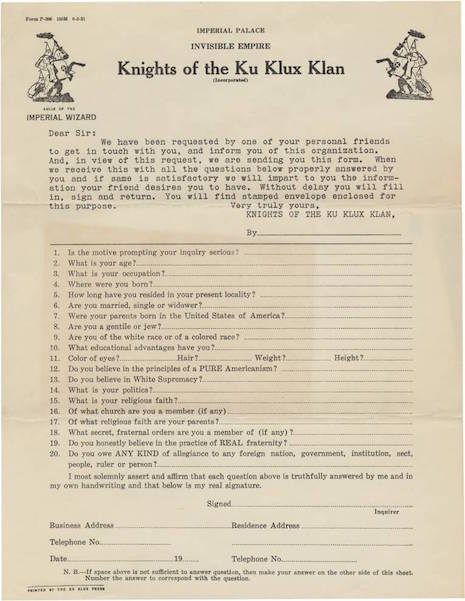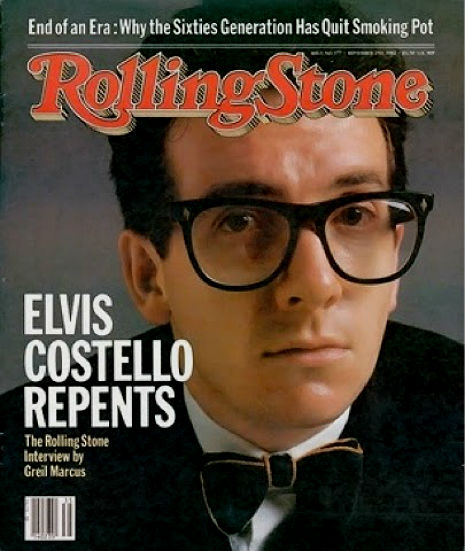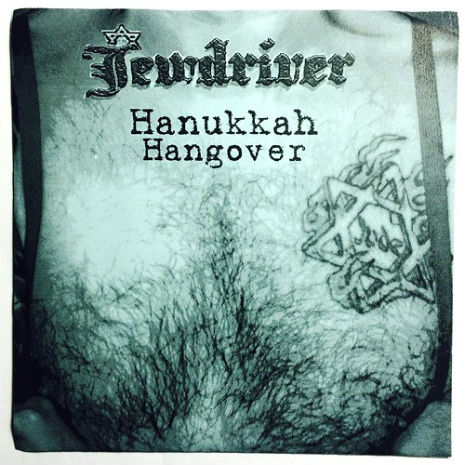
Pro-Confederate flag protester at a recent rally. Photo by Bickel.
As Dangerous Minds’ Senior Southern Affairs correspondent and a proud South Carolinian, I’d be remiss if I didn’t offer some commentary on the events that have transpired in my state since the tragic Emanuel A.M.E. Church shooting which took the lives of Cynthia Marie Graham Hurd, Susie Jackson, Ethel Lee Lance, Depayne Middleton-Doctor, Clementa C. Pinckney, Tywanza Sanders, Daniel Simmons, Sharonda Coleman-Singleton, and Myra Thompson.

This unfathomable event has shaken South Carolina to its core, but the fallout has been rather remarkable. A 21-year-old self-professed white supremacist brutally murdered nine innocent people in a church with the intention of starting—in his own words—a “race war.” The end result was far from what the young assassin intended. Black and white communities came together in mourning. A much-needed dialogue on racial relations came about, which had no choice but to FINALLY address the southern-fried elephant in the room: the continued flying of the Confederate battle flag on the South Carolina statehouse lawn.
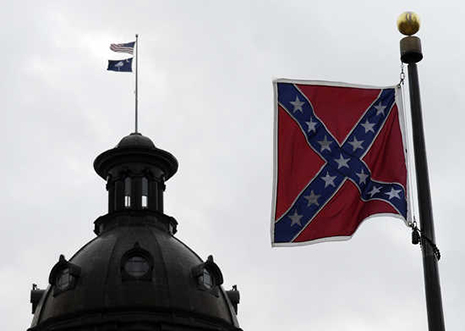
The Confederate flag has been a bone of contention in South Carolina ever since it was put atop the statehouse flagpole in 1962 (as many believe, a reaction to and resistance of integration and the civil rights movement.) The debate over the flag has been ongoing with one side of professed “history buffs” declaring it part of their Southern heritage, and with another side of people who believe the flag is a symbol of white supremacy—a longing for sepia-toned antebellum days when blacks “knew their place” (as plantation slaves).
Undoubtedly for some, it does tie back to ancestors who lost their lives in a “state’s rights” battle against what they perceived to be an overreaching federal government, and for some others it simply represents collard greens and sweet tea, doing donuts in a mud-bog and the genteel Southern manner.
Still, there are many who recognize it as the flag of choice flown by the Ku Klux Klan and segregationists—a banner under which people of color have been systematically terrorized and lynched for decades. A reminder of a war fought for “state’s rights”—including the right to keep human beings as slaves.
The “stars and bars” has remained flying at the statehouse because the “it’s heritage, not hate” crowd have maintained a power dynamic in South Carolina politics, unwilling to concede that there are any racist connotations to the symbol and unwilling to accept that for a large segment of the the state’s population, that symbol makes them uncomfortable or downright fearful, because of an altogether different history and heritage (of hate).
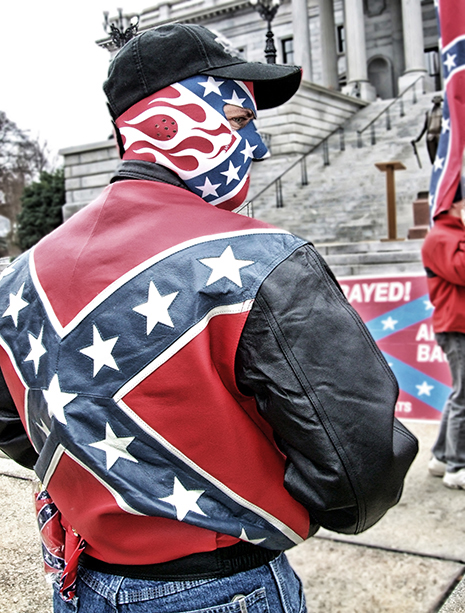
Protester at a recent pro-Confederate flag event. Photo by Bickel.

Protesters at a recent pro-confederate flag event. Photo by Bickel.
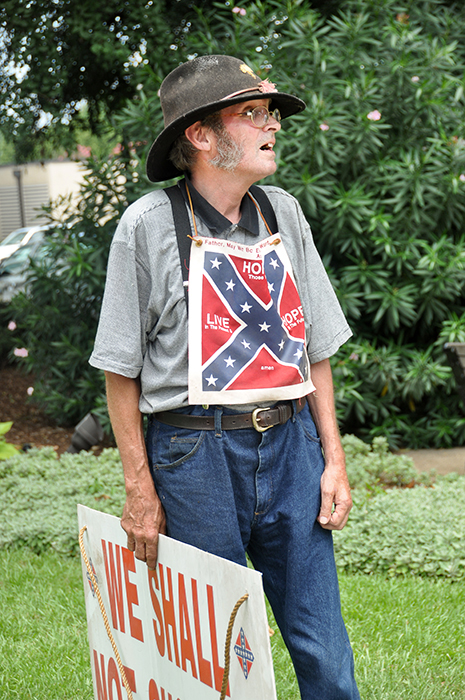
Protester at a recent pro-Confederate flag event. Photo by Bickel.
The question has been asked for years,” If this flag isn’t racist, then why do racists LOVE this flag?” No one on the pro-flag side ever seems to have a great answer for that. A few years back I did a photo essay on a now-defunct landmark in Laurens, SC called “The Redneck Shop.”
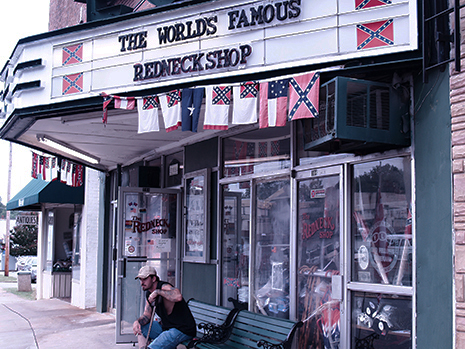
The Redneck Shop. Laurens, SC. Photo by Bickel.
The Redneck Shop was run by John Howard, a Grand Dragon in the South Carolina KKK, and served as headquarters for the Aryan Nations World Congress, as well as campaign headquarters for John Bowles who ran for president as the neo-Nazi National Socialist Order of America party candidate. The back room was a meeting hall with a huge mural featuring the swastika next to a portrait of American Nazi, George Lincoln Rockwell. The front room was a shop carrying a full line of Nazi and Klan related paraphenalia and racist T shirts—but what was there more of than anything else? Confederate flags, EVERYWHERE. Anything you can imagine putting a Confederate flag on, they had it at The Redneck Shop. That visit left a lasting impression, and it became even more clear to me afterwords what that flag meant to white-supremacists.
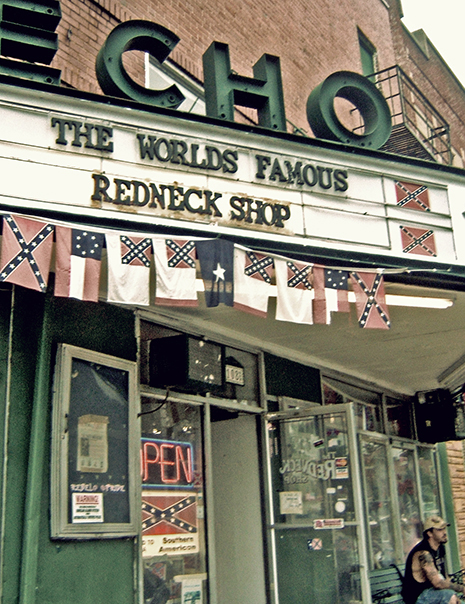
The Redneck Shop. Laurens, SC. Photo by Bickel.
Still, so many SC politicans seemed unconvinced—until that horrible, bloody event took place in Charleston last week. But, make no mistake—that tragedy in and of itself did not get the dialogue started on the meaning of the Confederate Flag as a symbol of white supremacy. It took the killer making the most specific statement possible in big bold capital letters, essentially saying “I AM A WHITE SUPREMACIST MURDERER AND BY THE WAY CHECK OUT THESE SELFIES:”

There’s no arguing the “brand” anymore.
Remarkably, it only took five days for major Republican players who previously were pro-flag, or unwilling to give an opinion one way or the other, to realize they had to distance themselves from that AND QUICK. On June 22nd, South Carolina governor Nikki Haley made the announcement that it was time for the flag to go and that she would be calling for a special legislative session to deal with the issue. For many of us who had attended decades of fruitless protests (and, uh, written bad punk songs about it) it was cause for long-awaited celebration. Finally the pro-flag people were willing to listen—and it only took nine people being murdered, and those murders being directly tied to the symbol of the Confederacy! But still, maybe for the wrong reasons, the right thing was done. I remember thinking while watching Governor Haley’s press conference, “she just ended her career as a South Carolina politician, but began her career as a national politician.” Mark those words.

South Carolina Governor, Nikki Haley. Photo by Bickel.
What happened next was an interesting little “fuck you” to Dylann Roof and his masterplan: Walmart, Amazon, eBay and Sears all announced plans to remove the Confederate flag from their inventories. Roof brought the politicization of the flag right out into the spotlight and corporate America said “we don’t want our brands associated with THAT BRAND.” Now let’s be real, certainly these retailers are doing this because it’s a “trending” issue and they want free publicity and positive PR. One would imagine cost benefit analyses were in hand before making this call, but its a thought-provoking turn of events in response to the Charleston tragedy. As one of my friends remarked today, “If you are bending yourself into contortions trying to defend the Confederate flag as a symbol that has nothing to do with racism, congratulations- you are less progressive than Walmart.”
But all of this brought about another conversation. Many have called Walmart, Amazon, eBay, and Sears’ decision a form of “censorship.” While this is certainly in no way “censorship”—any business makes basic decisions over what they are going to stock or not stock, it’s the “market” at work—it may be worth examining the way in which corporations respond to changes in consumer values. This is all playing out very quickly. The main argument for bringing the flag down from the South Carolina statehouse was that it did not represent the entire constituency of the state, but corporations are not beholden to their customers in the same way—though there is an interest in protecting their brand. Going forward, how are decisions made as to what is OK and not OK to stock? Especially under the umbrella of companies like Amazon and eBay which act as aggregates for hundreds of thousands of third-party sellers. And as large as these companies are, do they even know what they are selling?

Amazon listing for white-power band, Skrewdriver.
Case in point, “rebel” flags are gone from Amazon’s listings, but are you in the market for some white-power skinhead rock? Look no further, Amazon has you covered! A simple search on the keyword “Skrewdriver” over at Amazon will pull up DOZENS of Nazi skinhead albums, both by Skrewdriver and by several other white-power Oi! groups. And let me save you a trip to the comments section by pointing out that, yes, you can buy Skrewdriver’s first album, the one they made “before they were racists.”
If Amazon is going to discontinue sales of the Confederate flag, should they also discontinue sale of Skrewdriver records? Or what about Nazi SS flags? That would seem like a given, but HERE THEY ARE, GUYS:

Should you be able to buy Hail the New Dawn at the same place you buy your Huggies and ink cartridges? I don’t have this answer. Personally, yeah, I have issues with the Confederate flag and what it stands for. Certainly, I have issues with Skrewdriver’s lyrical content. Do I think these things should be “banned”? Certainly not, if by “banned” you mean the government passing laws against their existence. As John Oliver said on last Sunday’s edition of Last Week Tonight, “The Confederate flag is one of those symbols that should really only be seen on t-shirts, belt buckles and bumper stickers to help the rest of us identify the worst people in the world.” I don’t mind someone identifying with that symbol as it identifies them to the rest of us. I enjoy our First Amendment rights. They allow me to get away with a lot of shit here at Dangerous Minds. But what a company chooses to stock or not stock has nothing to do with Freedom of Speech—no one is saying you can’t obtain your flags or Skrewdriver albums, or copies of The Turner Diaries ($8.69 on Kindle, folks!) someplace else.
But the ever-present “slippery slope” questions get raised - who will make these decisions and where will lines be drawn? Should lines be drawn? Of course the answer is always going to be in the form of a question: “is this hurting our corporate image and therefore affecting our bottom line?” If it suddenly becomes a liability for Amazon to sell Skrewdriver records like it became a liability for them to sell Confederate flags, then they’ll stop.
But don’t worry, champions of liberty, this is not the end of free speech. There will always be an Interstate truck stop or flea market stall waiting to take up the sale of these items to increase their own bottom line—so long as the demand exists, which it, unfortunately, likely will.

Doge will rise again. Photo courtesy The J Train.
It’s fascinating how quickly these reactions to the Charleston shooting have played out, with the entire opposite of Dylann Roof’s intended effect. We’ve seen crucial and necessary conversations on racial disparity begin, we’ve seen action on the Confederate flag, and we’ve also seen some bizarre fallout. One change.org petition calls for SC to replace the Confederate flag with James Brown’s cape. Some of us will be giving up a little bit of our own “heritage” as ‘80s kid TV viewers with Warner Brothers announcing it will no longer license models of the Dukes of Hazzard muscle-car, The General Lee, due to the rooftop rebel flag. Shit, I can live with that. The main thing is, whether taking down the flag, or removing it from store shelves, or taking it off the Dukes of Hazzard car, or WHATEVER makes any difference or not in healing this country, at least we seem to be TRYING—at least we’re clumsily moving forward and not letting the Dylann Roofs of the world win.









